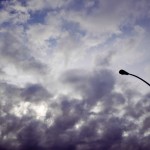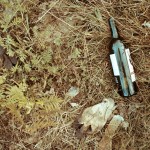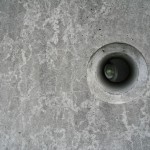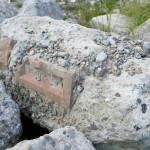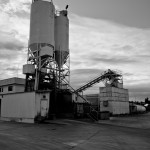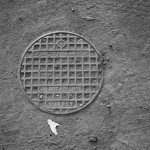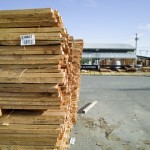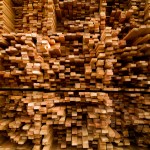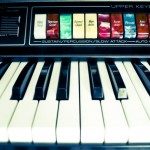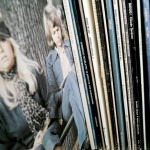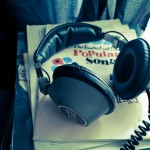Sep
22
2011
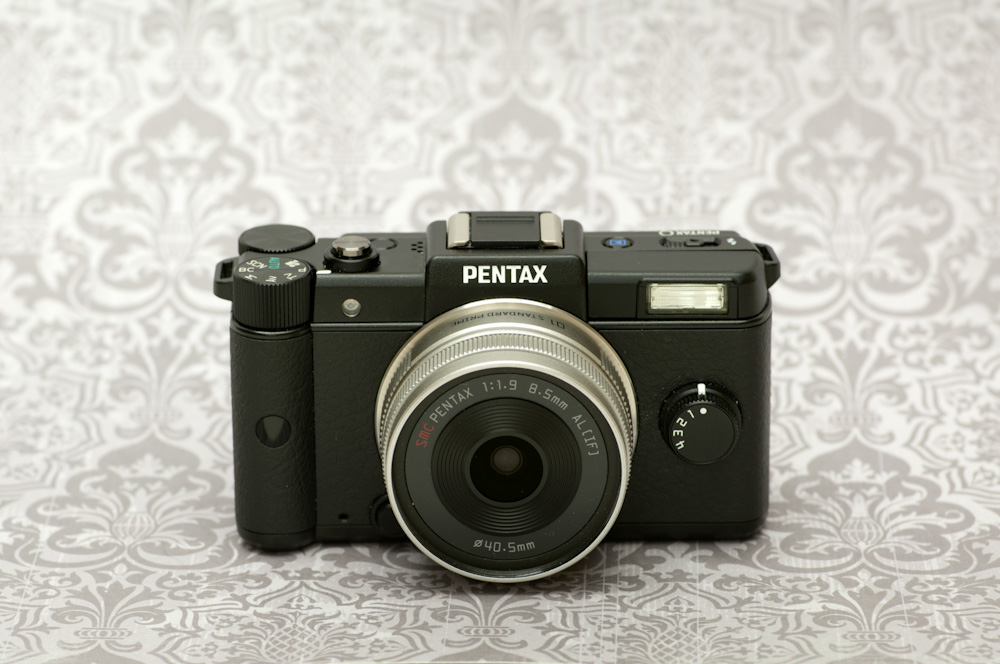
OK it’s small every one understands that, but it is really really small, smaller than I can easily convey. Despite the diminutive size it is easy to use and has direct access to all the necessary controls and quickly becomes just a really tiny image making machine. Walking around with it I could quickly compose shots on the rear LCD and it was quick to lock focus in all but the most challenging conditions, ones where I think any focus system of this type struggles and even phase detect systems of DSLR’s slow down.
I shot mostly in Program mode and used the rear dial to change the aperture while letting the camera choose the shutter speed, effectively using it as aperture priority/program hybrid. The ISO has a direct button and once selected can be changed with the rear dial without the need to hold down any other buttons. This menu selection stickiness is a welcome change from having to press the ISO button of my DSLR while changing with the dial. It’s necessary because there really isn’t enough room on the camera to have more than one finger poking something at any one time. That said all the variables that you would want to change are easily done with one hand. As for the ergonomics of holding the camera, it is quite good, the front grip area has space for a finger which really gives a solid hold with your thumb on the back. The buttons have a very nice high quality feel as does the entire camera.
I didn’t really have a good opportunity to shoot any moving subjects so I can’t really say how it performs under those conditions. My impressions of the JPEGS out of the camera are that they are free of objectionable noise bellow 1600 ISO but above that you begin to see smearing of detail. Leaving the technical aside it performs well and is unobtrusive, freeing you to make pictures. I suppose the question you are left with is whether the trade off of size and fun is worth what is in my opinion a slightly lower image quality than what can be gotten with larger interchangeable lens cameras. I find myself to be between the two camps. I absolutely love the build and size of the Q but I find I’m, possibly unfairly, comparing it to what I can do with my DSLR. I certainly wouldn’t have felt comfortable moving around in the places I did today with a large camera and lens.
I have to admit not reading the manual because of the limited time I had and therefore I didn’t make as many changes as I might have otherwise. One thing I find unfortunate is that it can not be used to wirelessly control external flashes, perhaps this is as much for the fact that the curent flashes dwarf the camera, although they can be mounted and used on the hot shoe. In my next post I will have some sample images after I sort through what I took today.

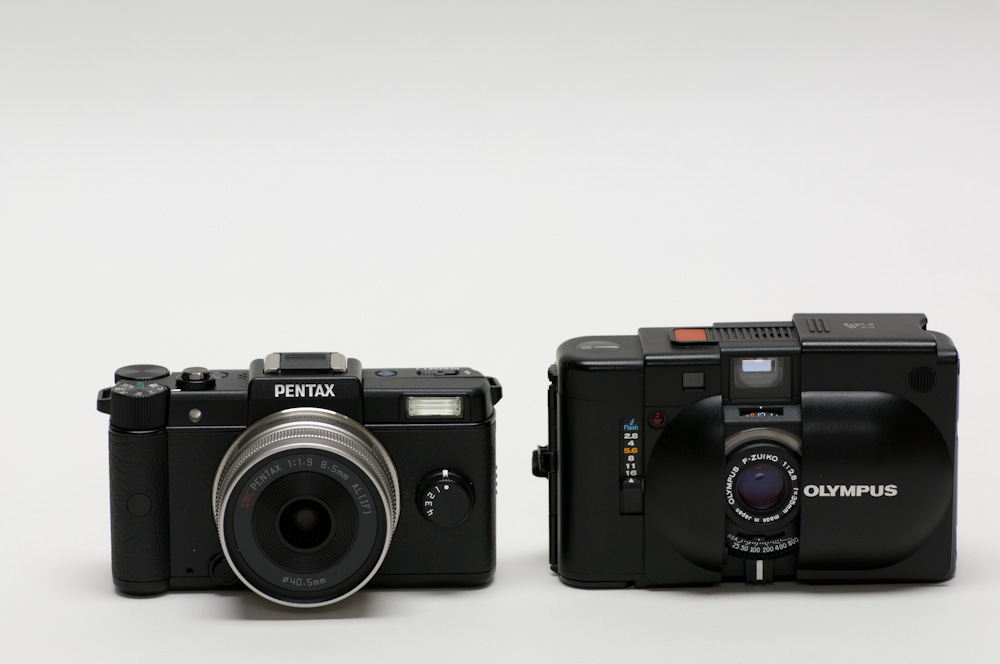
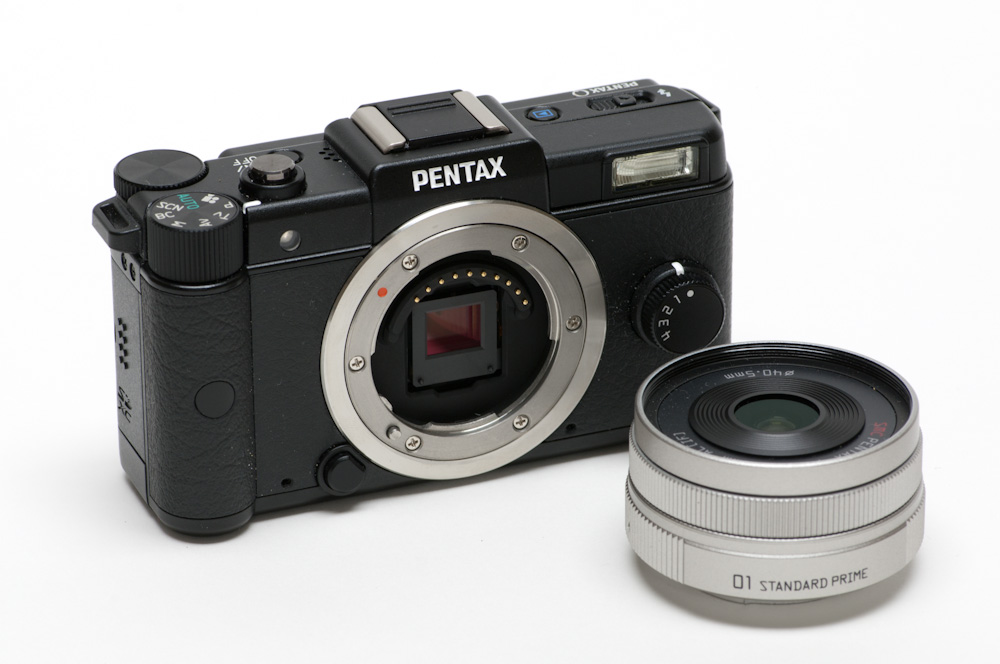
3 comments | tags: Cameras, Pentax, Q | posted in Cameras, Photography
Sep
4
2011
Fuji has released yet another camera that has peaked my interest, the Fuji X10. It is a small fixed zoom lens camera (28-112mm equivalent) with a maximum aperture of F2.0 at the wide end and F2.8 at the telephoto end. All this information is readily available elsewhere so that’s not really what I want to post about. One of the new features of the X10 apparently is that manual focus is performed in the form of the sub command dial. This may seem new and innovative but it is actually something Fuji has done before. The Fujica 35SE used a thumb wheel back in 1959 in combination with a coupled rangefinder. In this form I can say it works very well, the only problem for me being that that same location changes my aperture on my DSLR and it takes me a moment to get that through my skull. How well the modern implementation works remains to be seen especially without the rangefinder patch. When I first started writing this post most of the scant info about manual focus mentioned the main command wheel for focusing but after reading more info from Fuji itself it seems that it is the sub command dial which will not be as easily done with a thumb or even one handed.

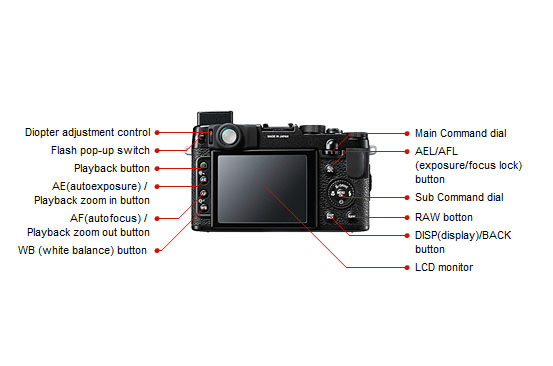
1 comment | tags: Cameras, Fuji, Fujica, x10 | posted in Cameras, Uncategorized
Aug
31
2011

I would like to celebrate the birth and death of photo apps all at once. Nothing brings a fad to a quick end like overuse. I should disclose my hypocrisy right up front, one of the first pieces of software I downloaded to my new phone was a photo app that adds that alternative process look to an image and makes sharing it online simple. And that’s the part I really like,the ease of sharing, but not every image needs to have an added layer of faux film. I’m sure that millions of pictures are yet to be taken and processed this way but a little restraint couldn’t hurt. Now I’m off to the app store.
3 comments | tags: Cameras, phone, Photography | posted in Photography, Processing, Uncategorized
Jul
31
2011
A friend offered to lend me his Sigma Dp1s so that I might sip from the sweet Foveon Kool Aid. OK those weren’t his words or likely his intent, thanks Duncan. Let me be clear though this camera has some major shortcomings that can’t be ignored. It’s slow, the sort of slow where I could load a roll of film faster than it can write a file to a card. The rear LCD appears to exist to show your settings and to confirm that yes you did capture something. The metering also did some serious highlight clipping even when I had -1 exposure compensation, of course I had no way of knowing this until I got the files into my computer (see previous sentence). For all other complaints please refer to the rest of the Internet. Now for the positive side and where the argument for the purpose of this camera begins. It produces nice sharp noise free files with accurate colours. It has a 16mm f4.0 lens on an APSC sized sensor which is unique and while on the slow side it performs very well. The close focus distance is quite long at 30cm so that does limit some of the creative possibilities. I guess for me the unanswered question now is how large an image can be rendered from these files. As is well documented the sensor captures 3 colours at different layers but the file dimensions are 2640×1760 however you slice it. Aside from the issues of speed I actually like the simplicity of the camera and it’s compactness. I was able to configure the otherwise useless (wide/tele) buttons to control ISO, why does a camera with a fixed focal length have these controls? This arrangement ends up in practice being the best of any camera I have ever used, wide decreases ISO, tele increases ISO, simple and immediate making ISO the third variable much like my DSLR. I easily moved between ISO 50 to 400 and even found ISO 800 to be largely noise free. So while I will reserve any final verdict until I have seen an image printed, it appears that the only thing standing in this cameras way from being a good photographic tool is it’s glacial speed, and exposure system. Whether these issues are adequately addressed with the latest version the Dp1x I can’t say but any improvement in speed would be welcome.
10 comments | tags: Cameras, Digital, Dp1s, Sigma | posted in Cameras, Photography
Jul
24
2011

It’s a bit of a thorny issue, talking about the P7000’s focus which causes moments of wonderment, such as why didn’t it focus on the object in front of it or why does it focus only after a second press of the shutter button. Most of the time it is great and I don’t expect perfection but I do like consistency. One area that I couldn’t find any info about was the minimum focus distance for different equivalent focal lengths. I suspect the value given in the spec. sheet is just for the widest lens setting. So I did some testing and these are my results with a high contrast target and measuring to the front of the camera body.
28mm……1 3/4″ , 35mm……2 1/2″ , 50mm……6 3/4″ , 85mm……..13 1/4″ , 105mm……15″ , 135mm…….15 3/4″ , 200mm……16 3/4″
Yes it looks odd to me as well to have the focal lengths in metric and the distance in imperial but that was the tape measure I had on hand.
no comments | tags: Cameras, Nikon, p7000, Photography | posted in Cameras, Photography
Jul
15
2011
On a family trip I decided to only take the Nikon P7000 as my digital camera, leaving behind my DSLR. I did take a medium format rangefinder which film isn’t back yet. Here is a sample of the more general images I took. They cover all kinds of focal lengths but primarily were shot in bright sun.
8 comments | tags: Cameras, Nikon, p7000 | posted in Cameras, Photography
Jul
9
2011
Well it’s official this is a great camera. This little rangefinder is exceptional and may be the best fixed lens camera I have ever used. It was the peak of the Yashica Electro 35 line and in retrospect probably the peak of the small rangefinders that came out of the 1970’s.
6 comments | tags: Cameras, film, GX, Photography, Yashica | posted in Cameras, Photography
Jun
13
2011
Finally the answer everyone has been waiting 35 years to have. Which is better the Canon Ql17 GIII or the Yashica Electro 35 GX? Really no one, just me?
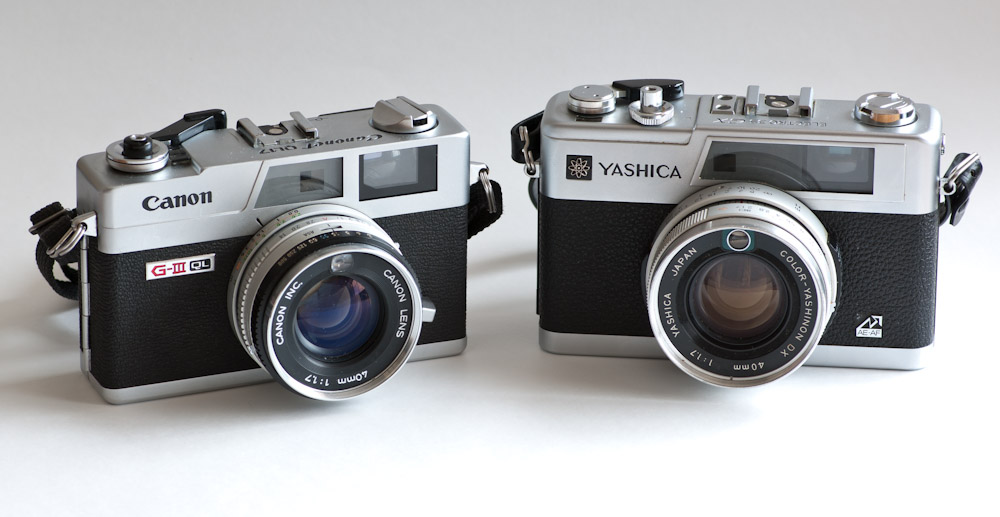
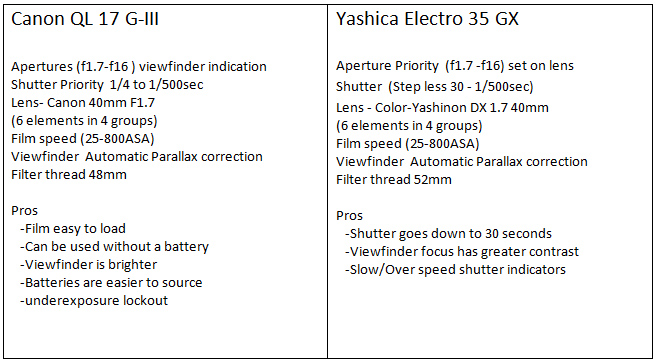
So you can see that they are very similarly specified with the greatest difference being that the Canon is Shutter priority and the Yashica is aperture priority. The next phase of testing will be to run some film through each of them. As I can’t determine precisely the shutter speed or aperature for each of them I may not record any info but just take matching pictures.
5 comments | tags: Cameras, Canon, film, Yashica | posted in Cameras, Photography
May
20
2011
Some of the most effective infrared images I’ve seen have been of reflections on water. I hadn’t really thought too much about it but it became clear to me when I took these pictures. The top one is an infrared shot while the bottom one is a regular capture converted to black and white. You can see that for the infrared image the water behaves like a mirror with little from below the surface showing. I will use this enlightenment to try to capture some better images if the opportunity presents itself.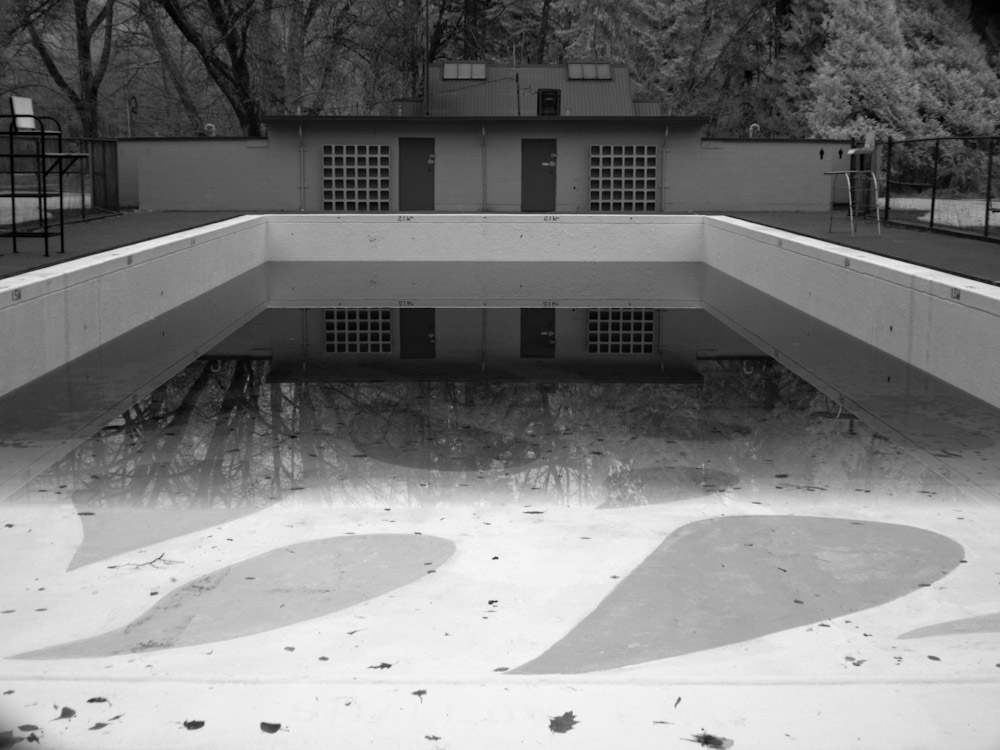
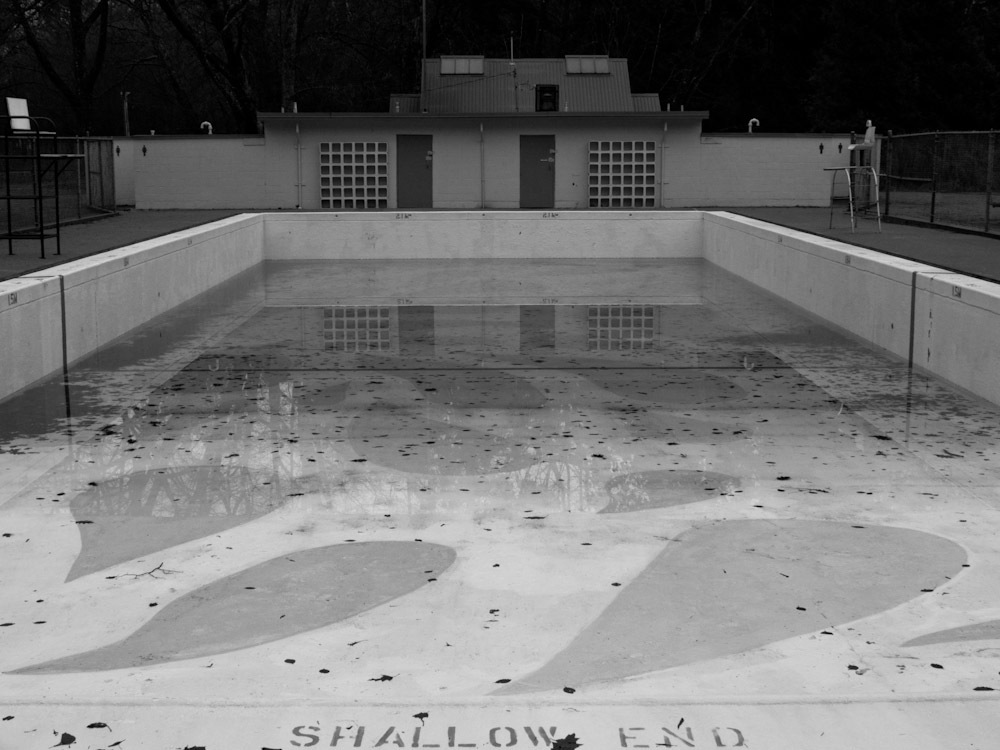
2 comments | tags: Cameras, DSC-V3, infrared, reflection | posted in Photography, Processing
May
13
2011
No not that the lenses were made with radioactive isotopes, it’s just that if you think you might want to capture something critical, and when don’t you? The question is can you really rely on them? I ran a roll of cheap film through this Minolta Himatic C and found that all the images had this faded spot in the lower right. No matter how much I look at the lens from either side I can’t see what caused this. It must be a separation of some lens elements because it’s too subtle to detect, particularly at 1/60 second (There is no bulb setting). The good news for me is that the pictures I took weren’t critical and are only reference material. I have several versions of the Himatic: E,F,G and this C and as far as design goes this is the best. I really like that the lens collapses into the body and that you have two shutter speeds 1/30 and 1/250 indicated by a cloud and a sun respectively. The aperture is automatic but it does show in the viewfinder along with the focus indication in the form of four symbols of distance. So did I learn my lesson about old cameras, no not really.



2 comments | tags: Cameras, Minolta | posted in Cameras, Photography







